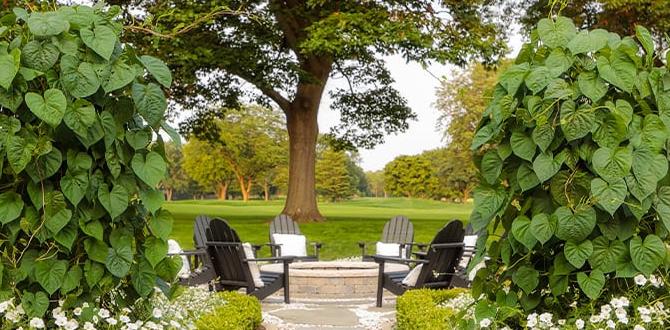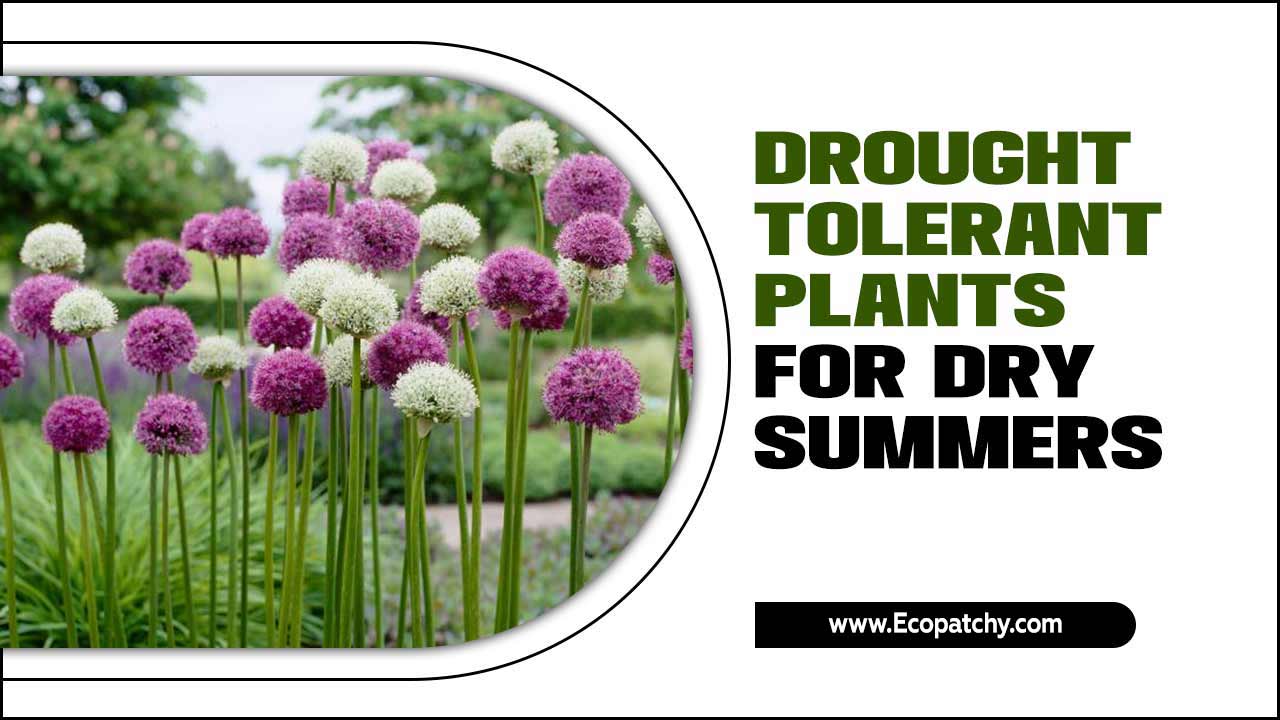Imagine stepping into your garden, greeted by vibrant colors and sweet scents. One of these beauties might be petunias. These lovely flowers brighten up any outdoor space. But have you ever wondered how to care for petunias outdoors?
Caring for petunias isn’t just about planting them. It’s about keeping them healthy and happy too. Did you know that petunias bloom more if you trim them? It’s true! Regular care helps them grow even more beautiful.
In this article, we’ll explore easy and fun ways to care for your petunias outdoors. Whether you are a beginner or have some experience, there is something here for everyone. So, are you ready to make your petunias thrive?
Caring For Petunias Outdoors: Tips For Thriving Blooms

Caring for Petunias Outdoors
Caring for petunias outdoors can be a rewarding task. These vibrant flowers need plenty of sunlight, so placing them in a sunny spot helps them thrive. Regular watering is critical, especially in dry weather. Did you know that petunias bloom all summer long? Deadheading spent flowers encourages even more blooms. Pest control is important too, as aphids and spider mites can be trouble. By following these tips, your petunias will flourish beautifully!Choosing the Right Location
Importance of sunlight for petunia growth. Evaluating soil drainage and quality.Sunlight is key for petunias. They love bright light. Aim for at least six hours of sun each day. This helps them bloom beautifully and grow strong. Soil matters, too. Good soil should drain well. Too much water can hurt the roots.
- Look for loose, rich soil.
- Check if water goes through easily.
- Avoid clay-like soil that can trap water.
When you choose the right spot, your petunias will thrive!
How much sunlight do petunias need?
Petunias need at least six hours of sunlight each day for proper growth.
What type of soil is best for petunias?
- Light and airy soil works best.
- Soil should drain well but hold some moisture.
Soil Preparation and Fertilization
Recommended soil types for petunias. Types of fertilizers and their application methods.To keep your petunias dancing in the sun, start with the right soil. They love well-drained, loamy soil. Mix in some compost for a nutrient boost that makes them sing! For fertilizers, use a balanced type. Think of it as a buffet for your petunias. Fertilize them every 4-6 weeks during the growing season, and don’t forget to use a water-soluble option. Each bite counts!
| Soil Type | Fertilizer Type | Application Method |
|---|---|---|
| Well-drained loamy | Balanced (10-10-10) | Every 4-6 weeks, water-soluble |
| Potting mix | Slow-release | Mix into soil at planting |
With good soil and tasty fertilizer, your petunias will not only grow but also throw a colorful party in your garden!
Watering Techniques
Signs of overwatering and underwatering. Best practices for watering schedules.Watering petunias can feel like a game of Tetris; too much or too little can spell disaster! Watch for signs of overwatering, like yellow leaves or soggy soil. These beauties wilt under too much love. On the flip side, underwatering can make them droopy and sad. Aim for a watering schedule of every 2-3 days in warmer weather. Remember, petunias prefer a drink early in the morning or later in the evening. They don’t want to party in the hot sun!
| Signs | Symptoms |
|---|---|
| Overwatering | Yellow leaves, moldy soil |
| Underwatering | Wilting, dry soil |
Pest and Disease Management
Common pests that affect petunias and how to identify them. Preventative measures and treatment options for diseases.Pest problems can hurt petunias. Common pests include aphids, spider mites, and slugs. Look for tiny bugs on leaves or webbing in the branches. Early detection helps save your plants. Keep your garden clean to prevent these pests. Regular checks protect your petunias from diseases like powdery mildew. If diseases appear, remove affected parts and use special spray. Healthy plants are strong against pests!
What are common pests that affect petunias?
Aphids, spider mites, and slugs are some common pests. Watch for small bugs, yellowing leaves, or slimy trails.
What are treatment options for diseases?
- Remove affected leaves.
- Use fungicides for fungal diseases.
- Improve air circulation around the plants.
Deadheading and Pruning
Benefits of deadheading for continuous blooms. Techniques for effective pruning.Keeping your petunias blooming all summer long is easy, and it starts with a fun task: deadheading! This means snipping off the faded flowers. Why? It helps the plants grow more blooms instead of seeds. Think of it as giving them a little pep talk! For pruning, you can cut back any leggy stems. Use clean scissors, and don’t worry—your petunias won’t mind a little haircut! They’ll come back fresher and fuller.
| Technique | Benefit |
|---|---|
| Deadheading | Promotes continuous blooms |
| Pruning | Encourages bushier growth |
Seasonal Care Tips
Adjusting care as seasons change. Preparing petunias for extreme weather conditions.As the seasons change, so do the needs of your petunias. In spring, they love plenty of water and sunshine. However, during hot summer days, it’s important to keep soil moist without drowning them. In fall, reduce water and trim back the leaves. When winter rolls in, petunias might need a cozy spot inside. Extreme weather can be tricky for flowers. Protect them with a cover on windy days and check for frost warnings!
| Season | Care Tips |
|---|---|
| Spring | Water regularly and ensure they get sunlight. |
| Summer | Keep soil moist; avoid soggy roots. |
| Fall | Trim back leaves and reduce watering. |
| Winter | Bring them indoors for warmth. |
Each season brings its own challenges, but with a little care, your petunias can bloom beautifully all year. Remember, happy flowers = happy gardener!
Companion Planting with Petunias
Ideal plants to pair with petunias. Benefits of companion planting for garden health.Petunias grow well with many plants. Some great companions include marigolds, basil, and snapdragons. These plants help each other thrive. For example, marigolds keep pests away. Basil attracts helpful insects. Here are some benefits of **companion planting**:
- Improves soil health.
- Increases flower and fruit yield.
- Reduces pests naturally.
- Creates a vibrant garden.
What plants grow well with petunias?
Strong choices for pairing are marigolds, basil, and snapdragons. These plants enhance growth while protecting each other from pests.
Propagation of Petunias
Methods for propagating petunias from cuttings. Timing and conditions for successful propagation.Propagating petunias can be both fun and easy! You can grow new plants from cuttings taken in the spring or early summer. First, you need to snip a healthy stem and remove the leaves from the bottom. Dip it in rooting hormone for a boost! Plant the cutting in moist soil and keep it warm and bright. Make sure it has good ventilation, too. Water it gently, and soon you’ll see roots forming. Look at this handy table for quick tips:
| Method | When to Do It |
|---|---|
| Cuttings | Spring to early summer |
| Soil Preparation | Moist but not soggy |
| Light | Bright, indirect sunlight |
Remember, patience is key! Within a few weeks, you’ll have new petunia pals to enjoy. Who knew gardening could be this rewarding—and a little silly, too? It’s like having your cake and eating it, too! Happy planting!
Conclusion
In conclusion, caring for petunias outdoors is easy and rewarding. You should plant them in sunny spots with good soil. Water them regularly but avoid overwatering. Don’t forget to deadhead for more blooms. With these tips, you can enjoy vibrant petunias all season. Try planting some today, and watch them thrive! For more help, check out gardening books or websites.FAQs
What Are The Ideal Growing Conditions For Petunias In An Outdoor Garden Setting?To grow petunias in your garden, you need sunny spots. They love at least 6 hours of sunlight each day. Make sure the soil is well-drained so water doesn’t sit. Keep the soil moist but not too wet. Fertilize them every few weeks to help them bloom beautifully!
How Often Should Petunias Be Watered During The Summer Months?You should water petunias every day during the hot summer months. If it’s really sunny, check the soil. If it feels dry, give them some water. In cooler weather, you can water every two days instead. Always make sure they don’t get too dry!
What Types Of Soil And Fertilizer Are Best For Promoting Healthy Growth In Outdoor Petunias?To help outdoor petunias grow healthy, use light and well-draining soil. A mix with compost works well. For fertilizer, look for one that has a balanced amount of nutrients, like a 10-10-10 formula. You can feed them every few weeks during the growing season. Water them regularly, and they will bloom beautifully!
How Can I Prevent Common Pests And Diseases That Affect Petunias In An Outdoor Environment?You can prevent pests and diseases on petunias by keeping the soil healthy. Water your plants in the morning so they dry by evening. Look for bugs and remove them by hand. If you see any sick leaves, take them off right away. Healthy plants will grow better and resist problems.
What Pruning Or Deadheading Techniques Can Help Encourage More Blooms And A Longer Flowering Season For Petunias?To help petunias bloom more, we can use deadheading. This means we remove the old flowers. You can pinch or cut them off just above the leaves. This helps the plant grow new flowers. Doing this regularly makes the flowering season last longer!








